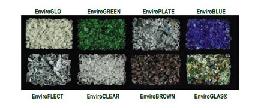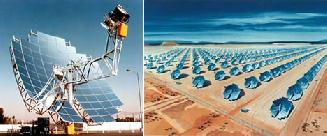
What’s happening right now?
Green technology and convenience should go hand in hand, and that is exactly what researchers are looking forth to integrate in their conceptions. The plethora of electronic devices that are being used daily including mobile phones, laptops, iPods and MP3 players have to be charged using non-renewable sources. But most importantly for an average consumer, their charging facilities end with their lack of mobility, because of those darned charging outlets.
So, what if there was a technology that could provide the solution for convenient portability, as well as be environmentally friendly in its bearing? That would certainly be sustainable yet groovy, and contrary to popular belief such technologies are already taking their final forms. Energy Generating Clothing is one such conception, which can “fashionably” harness and rather use our clean renewable forms of energy by a myriad of ingenious mechanisms, to charge small electronic devices.
Trends:
1. Nanogenerators used by University of California for power generating clothing:
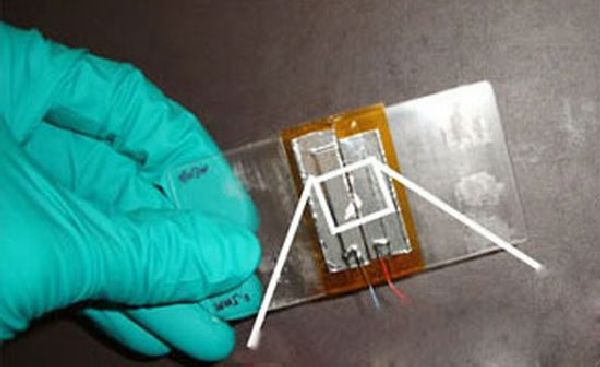
Nano technology has been at the forefront of many a technological marvel, and it comes as no surprise that many researchers have vehemently tried to incorporate it in the field of sustainability. This time researchers at the University of California, Berkeley, have conceived of advanced energy-generating nano-fibers (which can be woven inside the cloth) that can utilize their piezoelectric properties to generate clean electricity, which in effect can be used to charge smaller gadgets. Piezoelectricity is the charge produced by mechanical strain, and in this case it is produced by the body movement of the wearer. Composed of organic polyvinylidene fluoride, these flexible, sturdy yet fastidiously efficacious fibers has energy conversion efficiencies as high as 21.8 percent.
2. Solar Powered Threads made by Ideal Star:

Solar energy has already made its mark in the pantheon of renewable energy, and this time it will make its way into threads. Yes you have read right: a Tokyo-based venture company, Ideal Star, has contrived of a way to incorporate solar cells into threads of cloth. Measured to be just 5cm long and 0.8mm in diameter, these adroitly devised solar threads will include a core section of polymer covered with paraphernalia of electrode layers. Touted to have an efficiency of 3 percent, the company is confident that it can be tripled to 10 percent with improvements.
3. Nanotech-enhanced Clothes to Store Energy for Charging Gadgets:
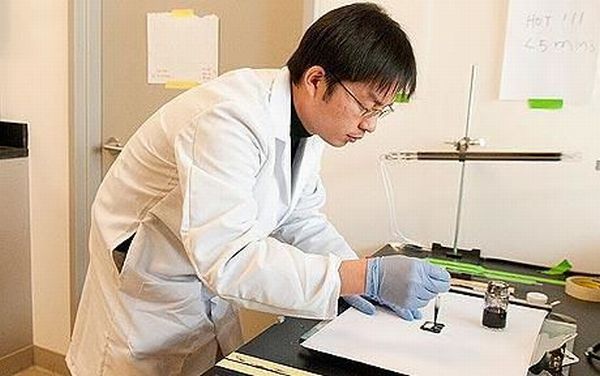
Innovative technology imbued with dollops of efficiency; Dr. Yi Cui of Stanford University’s Department of Materials Science and Engineering have come up with a fabric composed of lightweight batteries. These batteries utilize single-walled carbon nanotubes coated in ink for storing energy, and being lightweight makes the overall fabric more flexible and rather fashionable.
4. University of Texas develops new technique to develop energy-generating clothes:
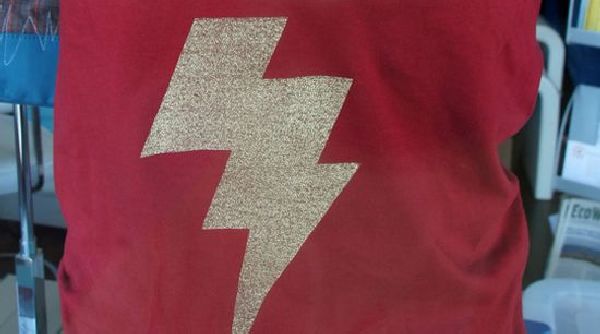
James Hargreaves surely never thought that it would come to this, but believe it or not, a team of researchers at the University of Texas at Dallas have invented a new technique to spin yarns right out of powders such as boron and magnesium! The technique involves spraying of nano-tubes with the powder, and then constituting it into a yarn. The higher “spread” surface area of the powders could help in creating self-cleaning materials and energy-generating clothes.
5. University of Bolton in the U.K. are developing a textile fiber:

Well, why not use the advantages of both the mechanical strain and the sun’s energy? And that is what scientists at the University of Bolton have exactly done by composing a hybrid photovoltaic-piezoelectric material. It can conveniently generate clean power from body movement, wind as well as the omnipresent solar energy.
The concept:
Pretty simple and complex at the same time. Basically such clothes are imbibed with energy-producing components either in the form of piezoelectric materials, or solar cells or even both. Such components could efficiently harness clean energy by utilizing body movement or renewable sources, and in effect transfer the energy to smaller electronic gadgets.
The advantages:
As already mentioned, to the average consumer the convenience of portability certainly becomes a huge factor. They can charge their devices wherever they want, by just “connecting” them to their clothes. And all of this happens in a completely zero emission mode, with no intervention of fossil fuels or no adverse effects on our environment.
The impact:
A small step for sustainability, a much bigger step for convenience. If and when the technologies become nigh perfected, it could herald a revolutionary change in clothing trends and even the bring out a complete metamorphosis of the fashion world, albeit in a “green” way.



